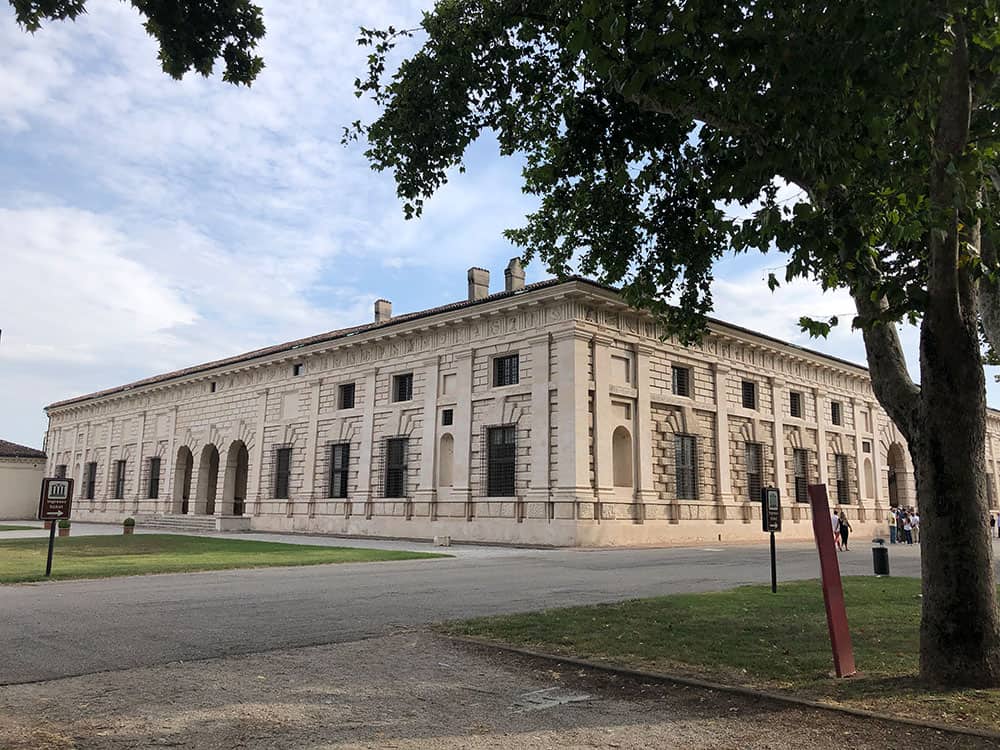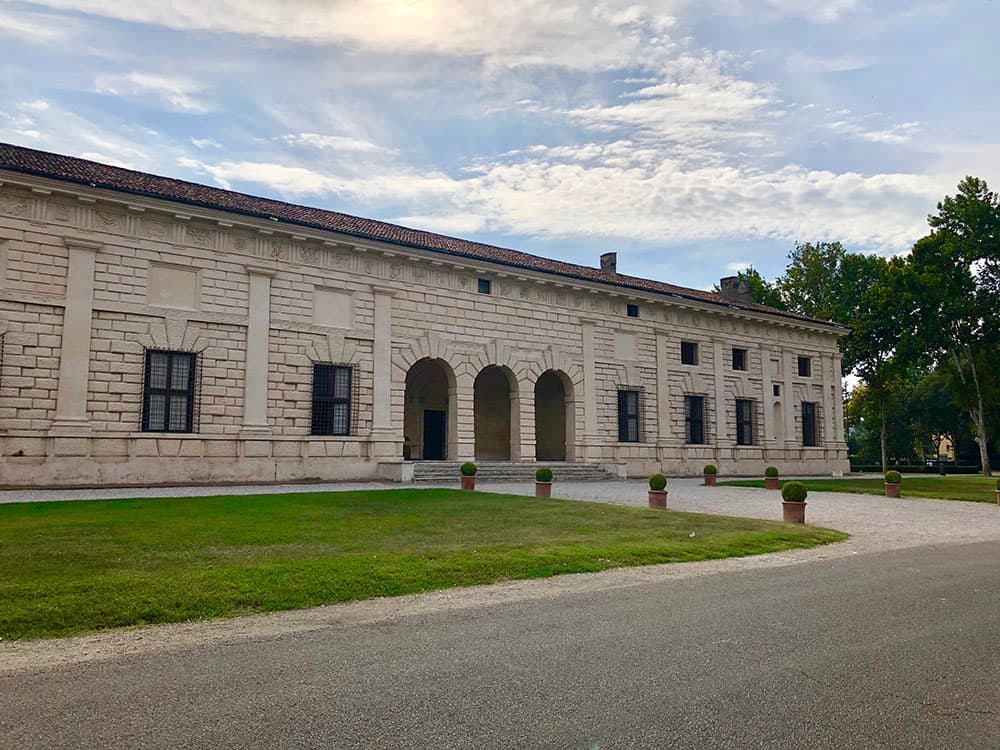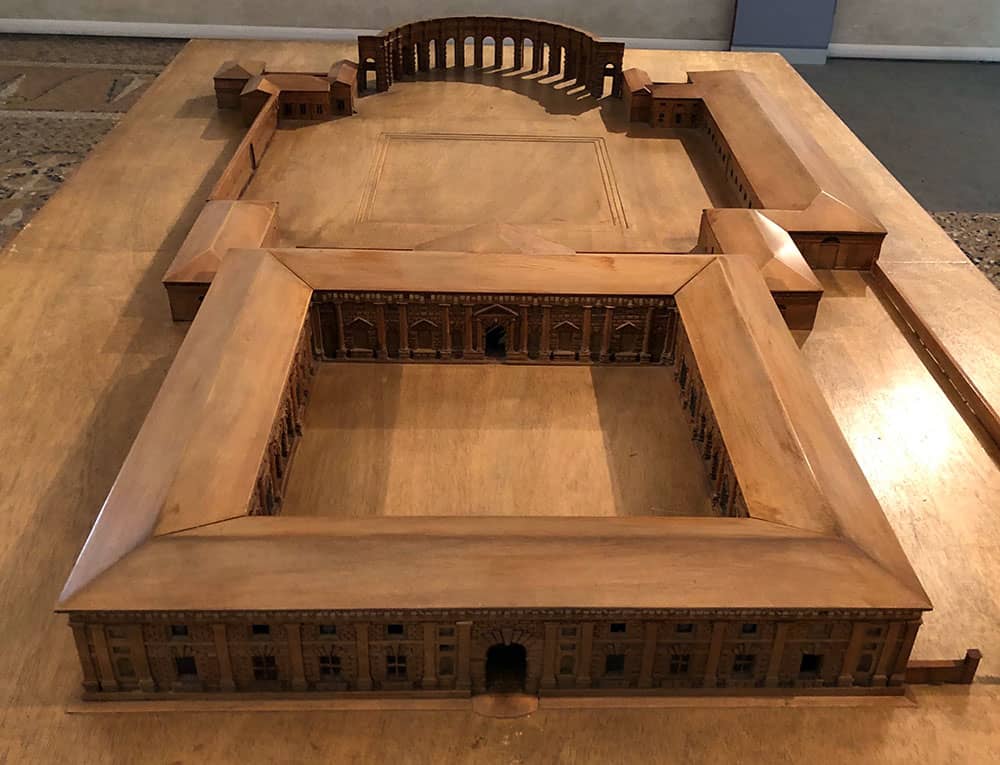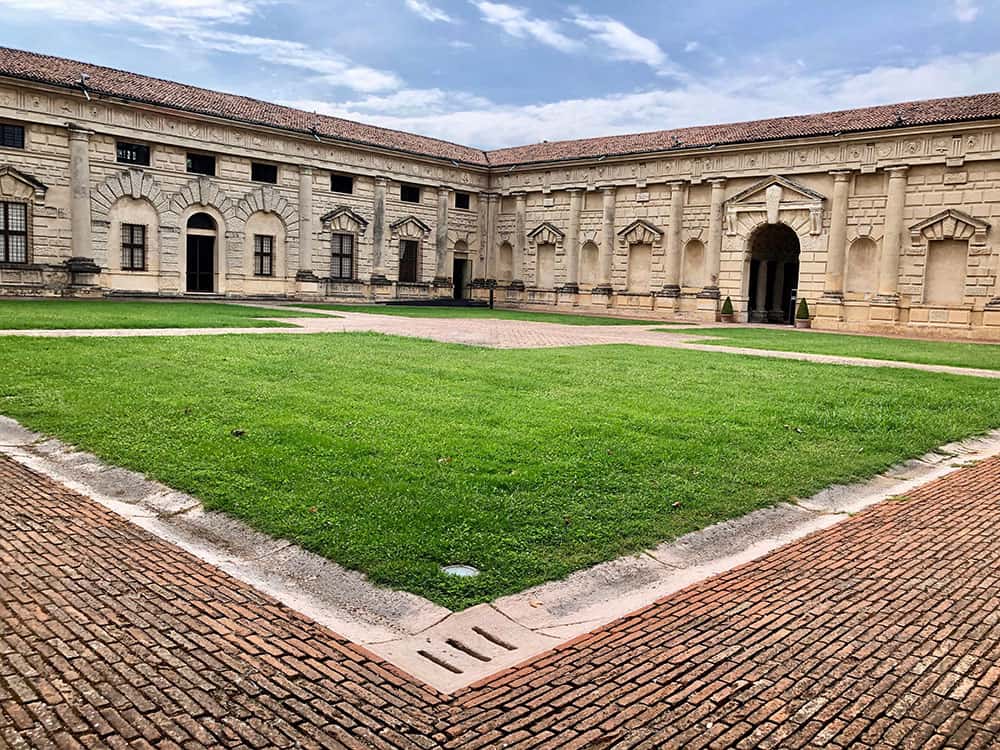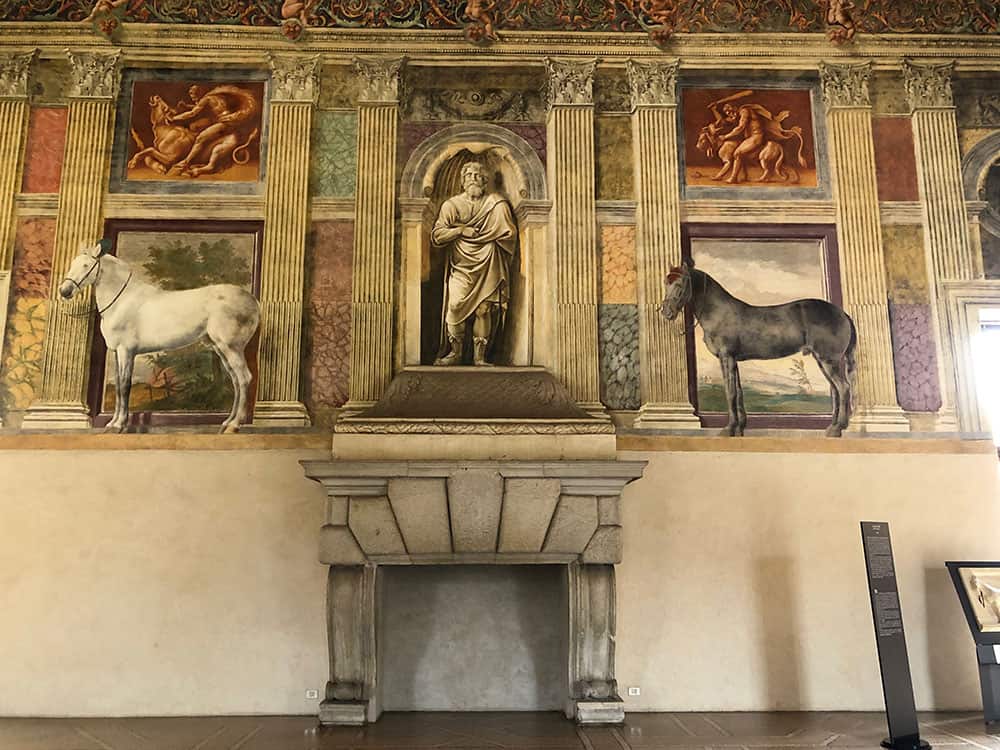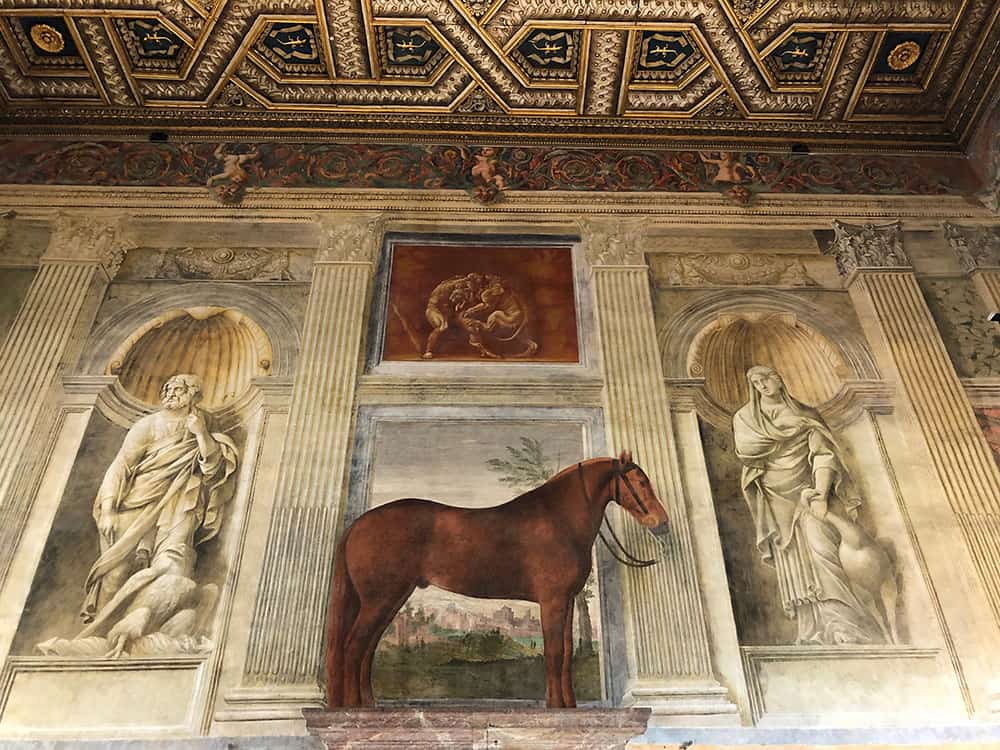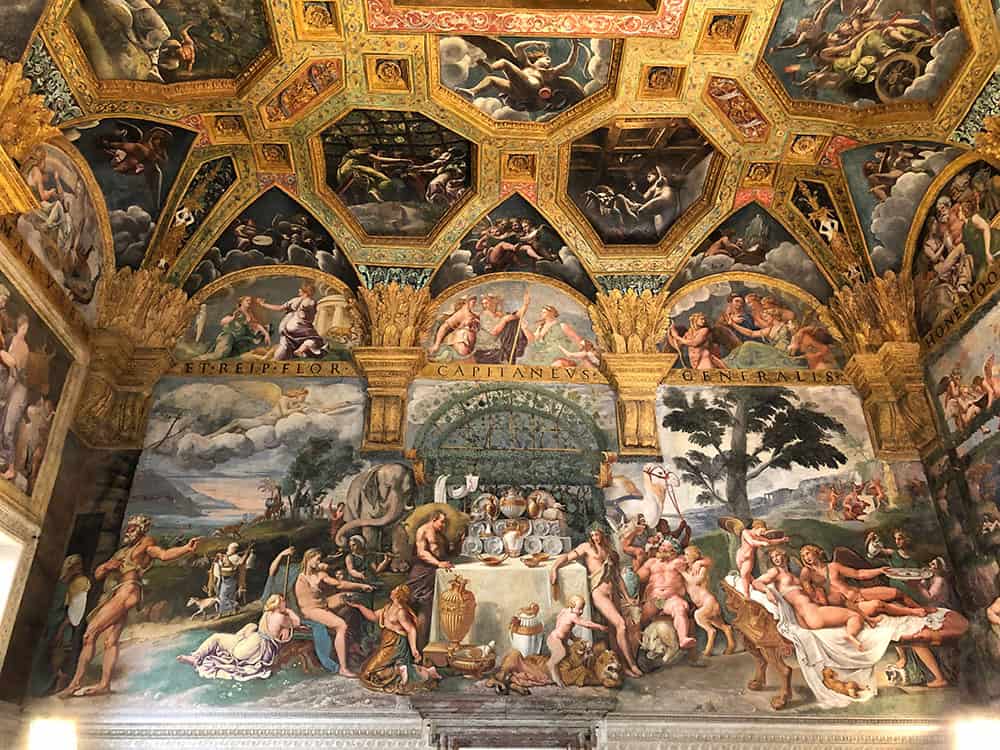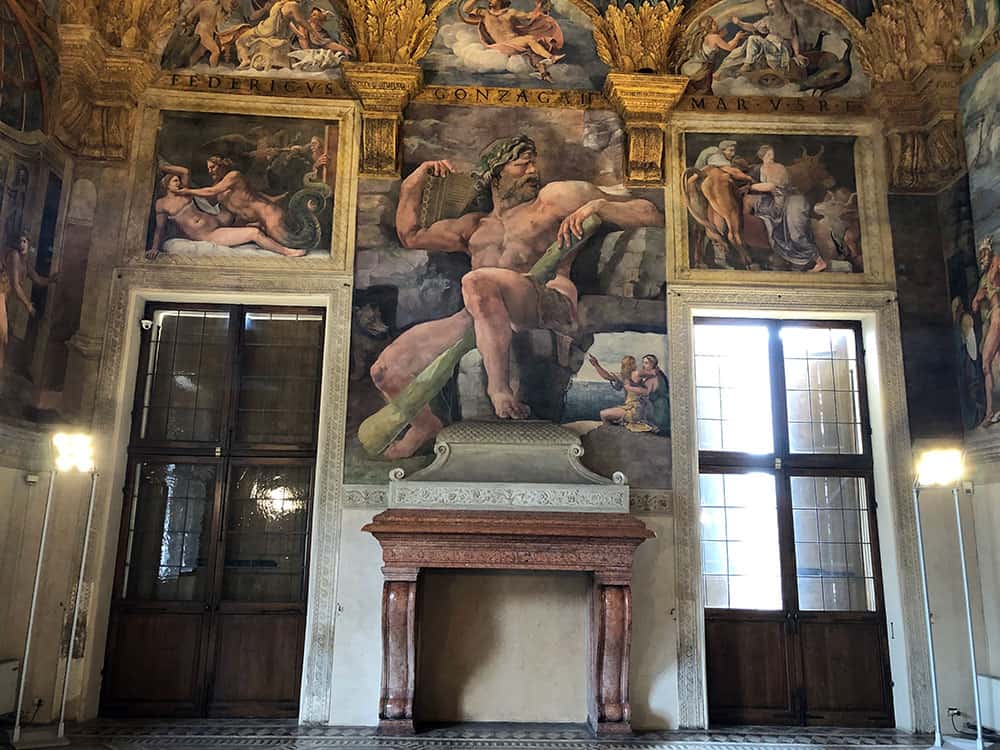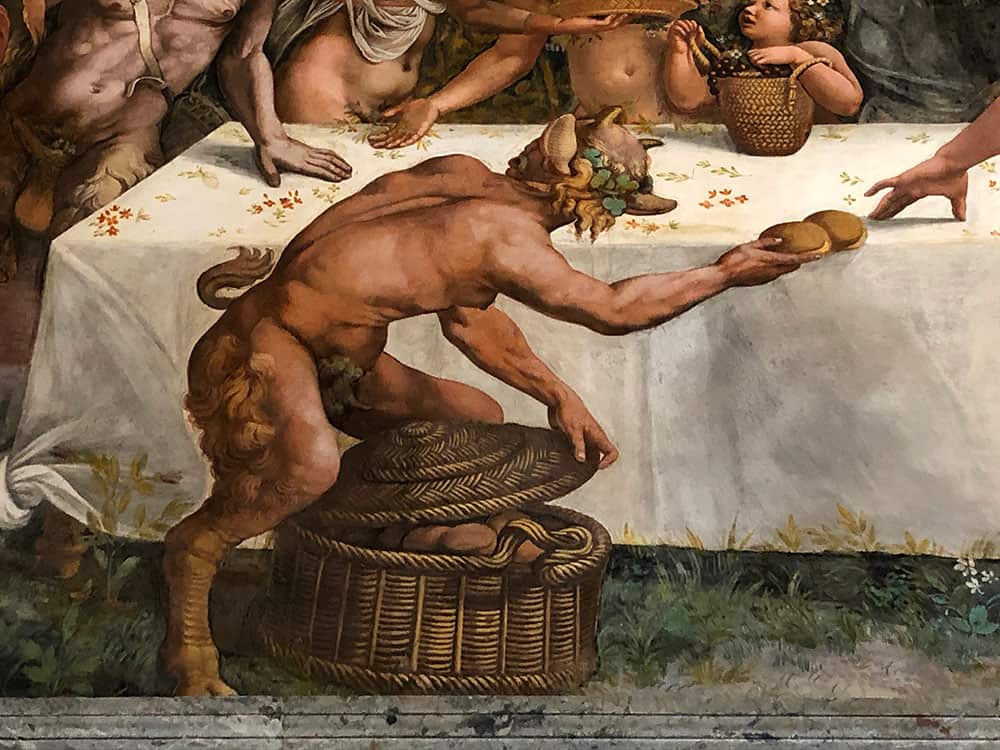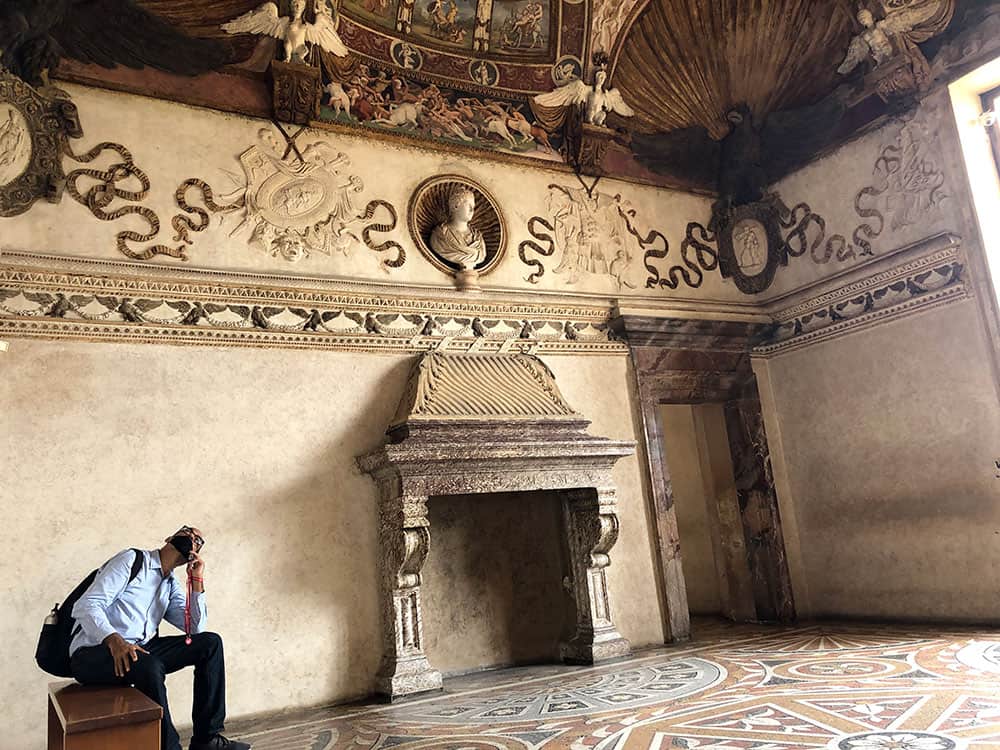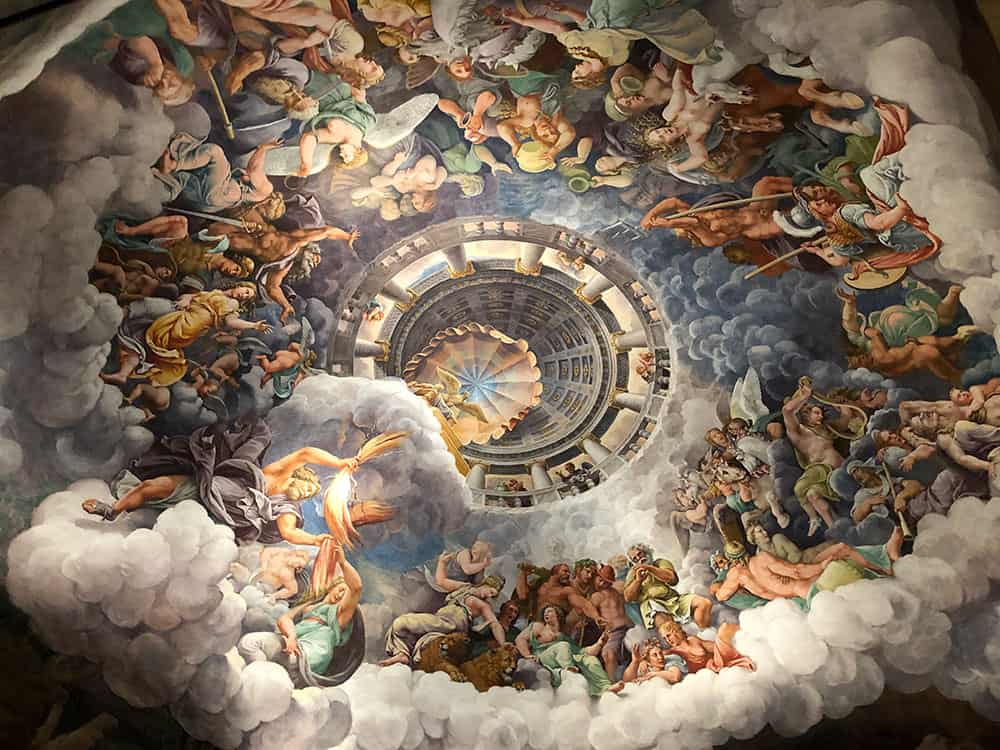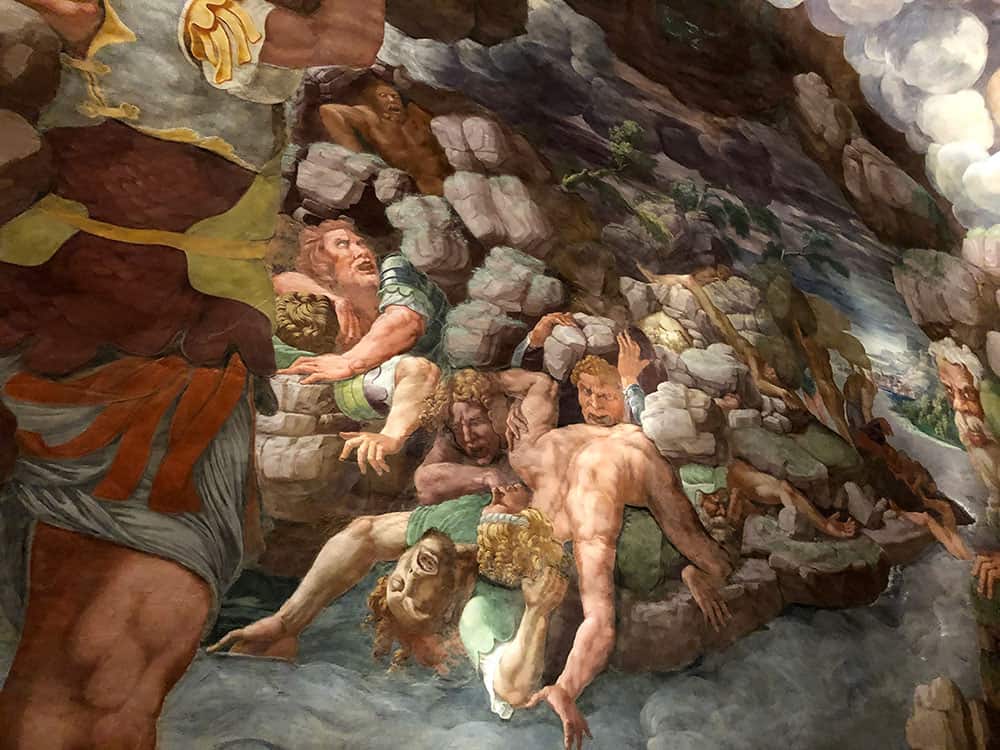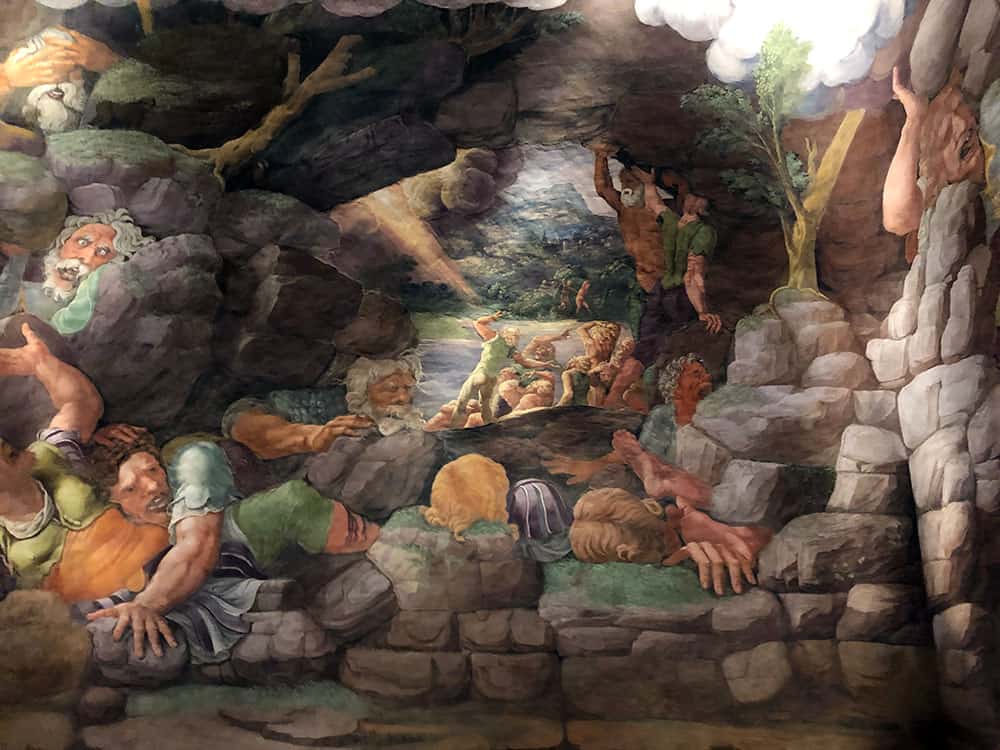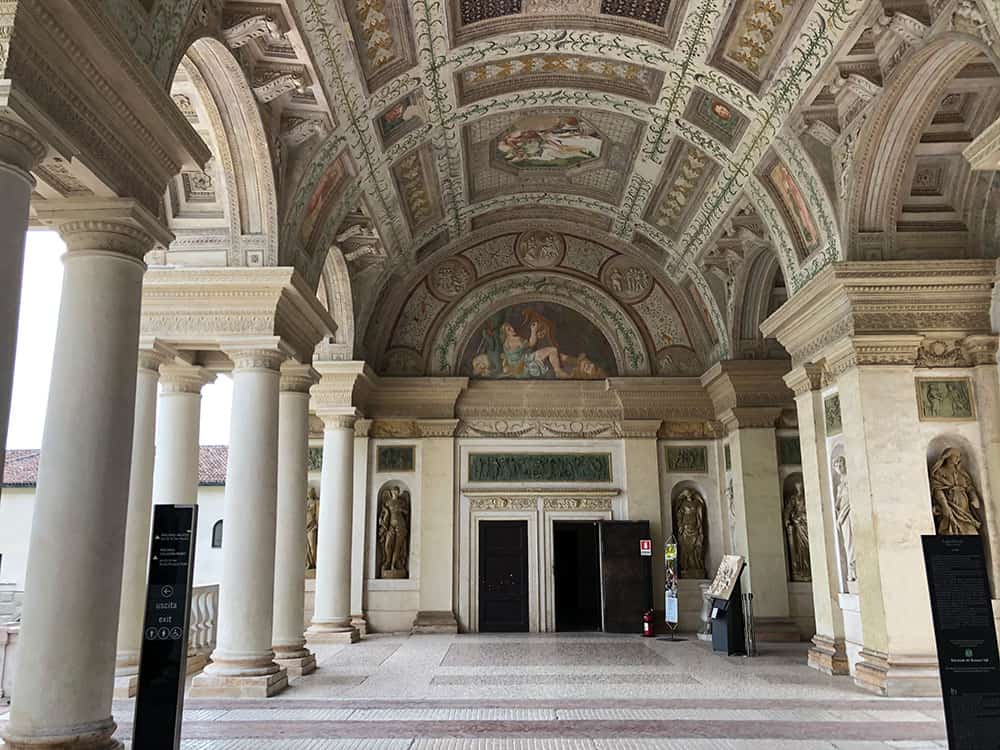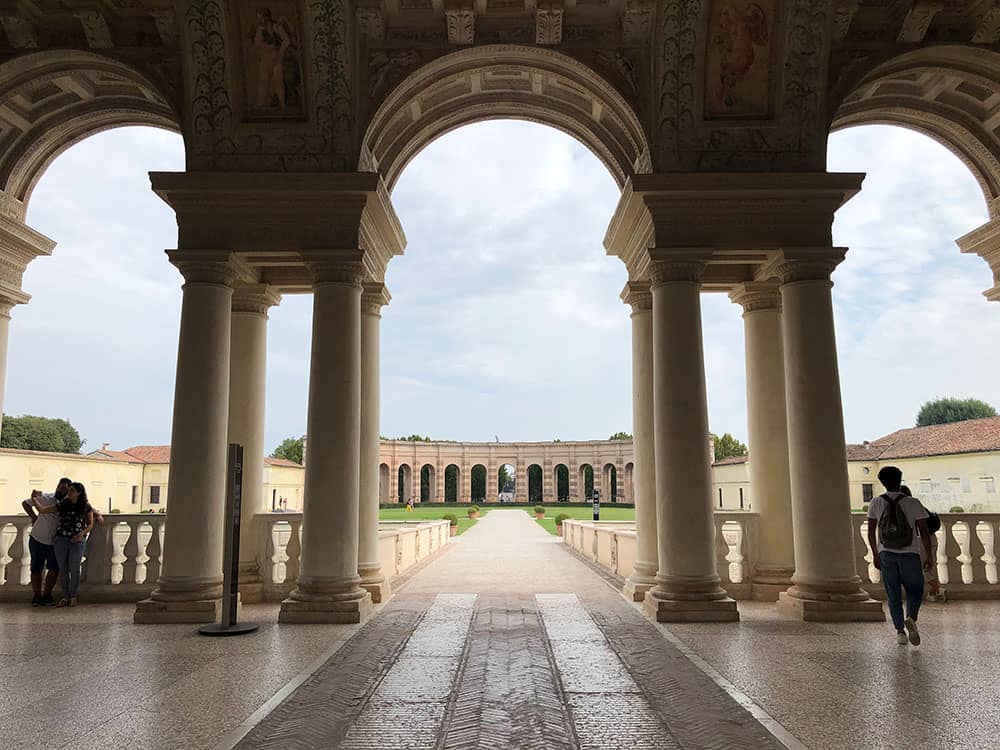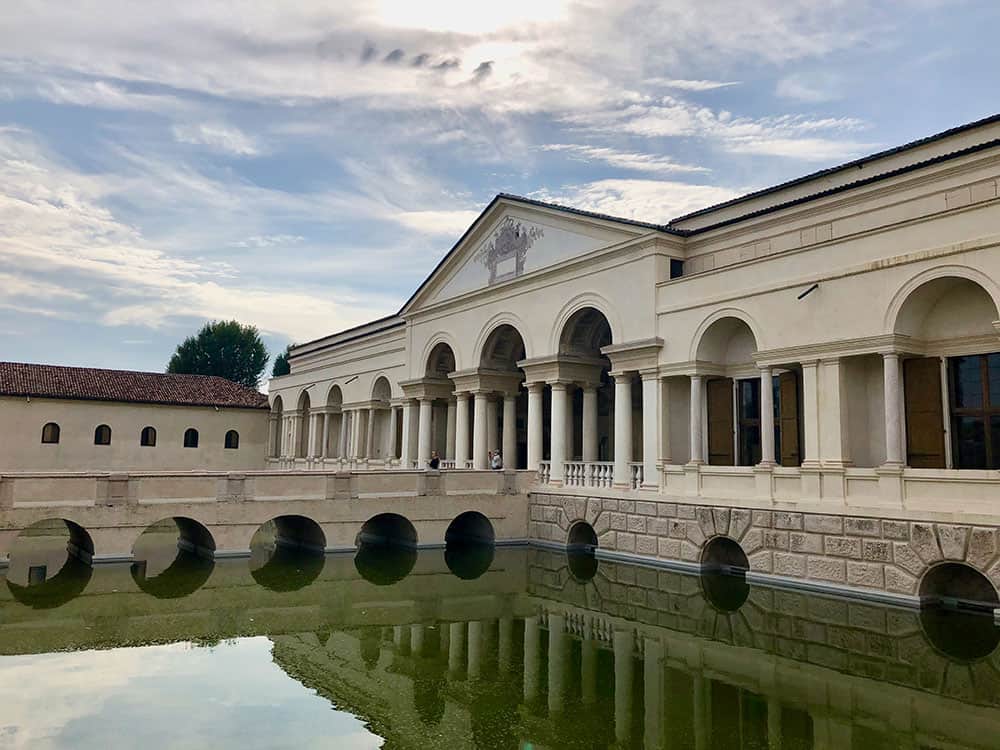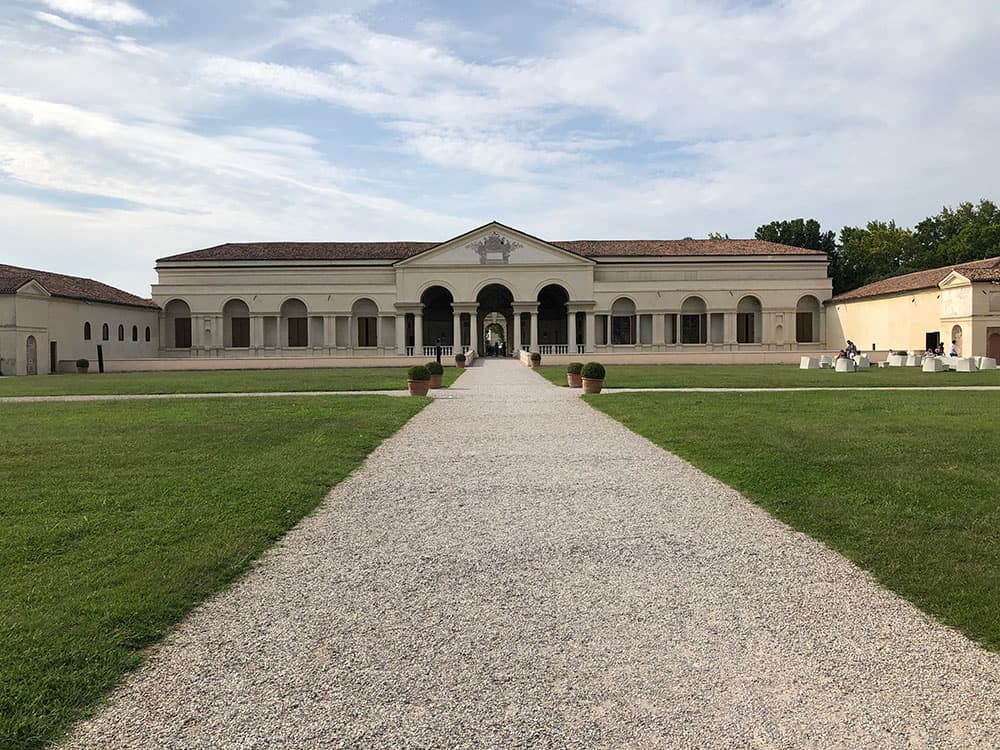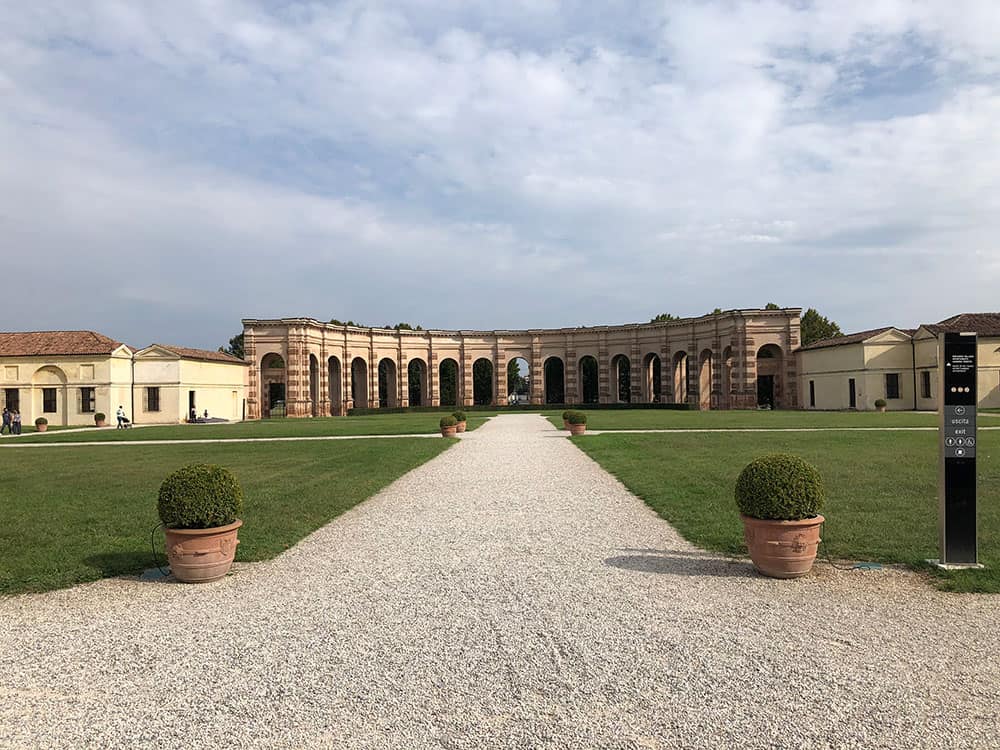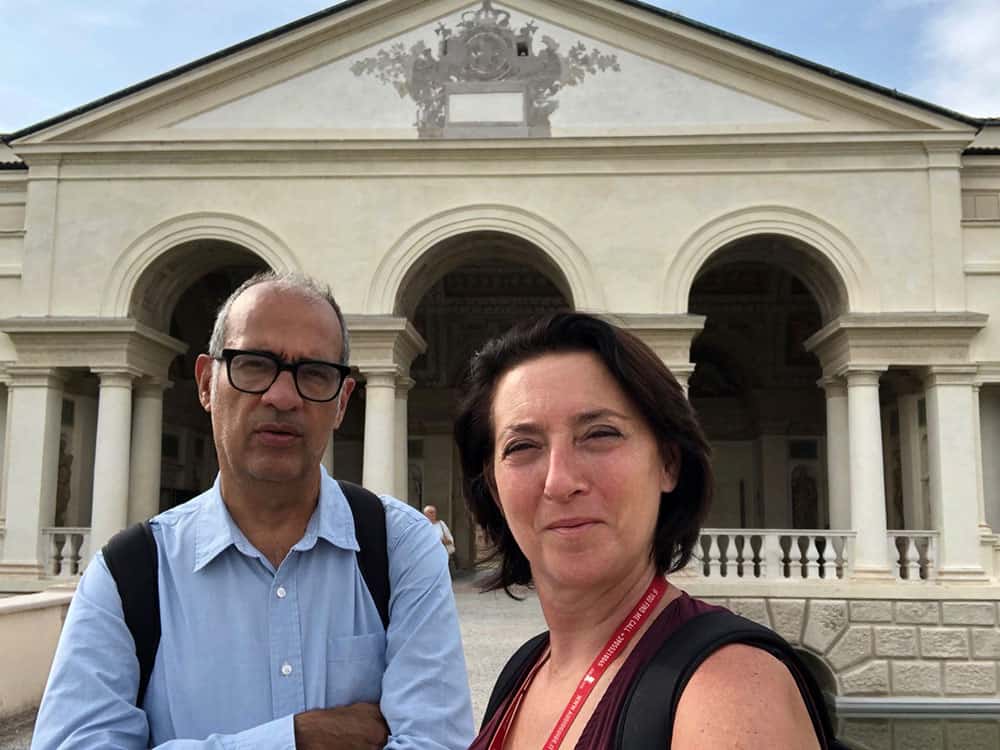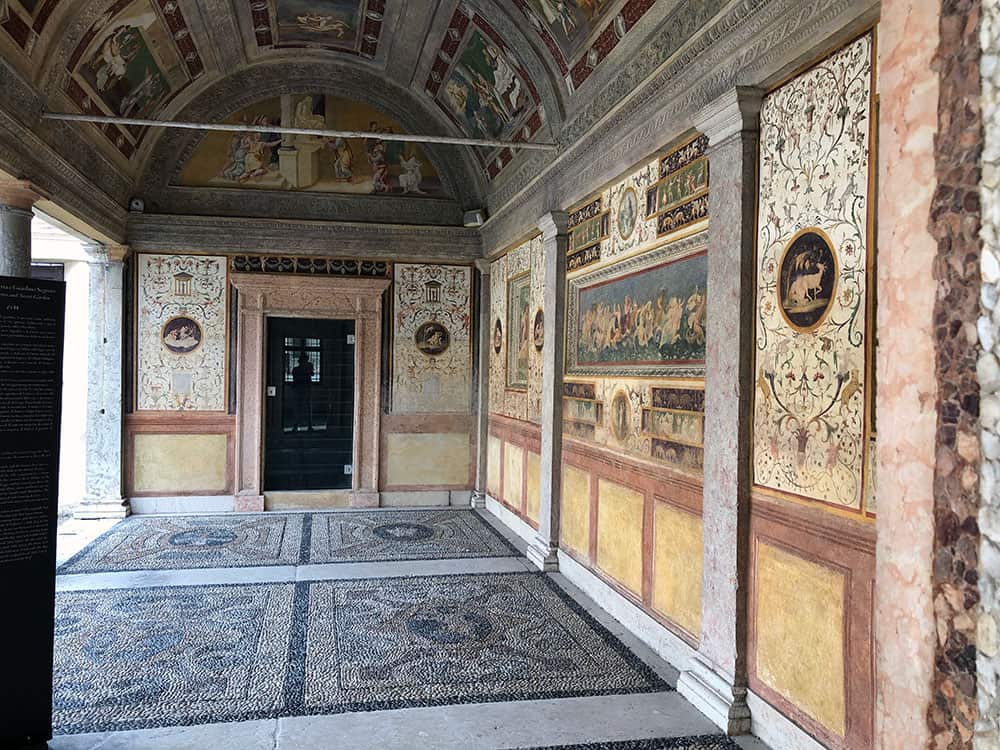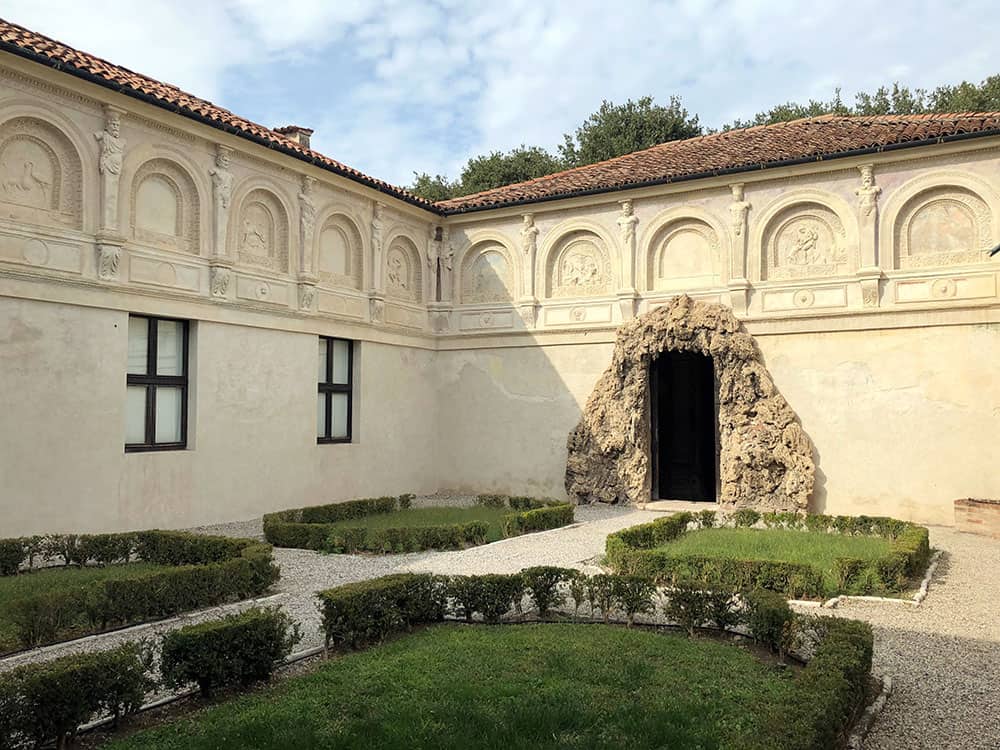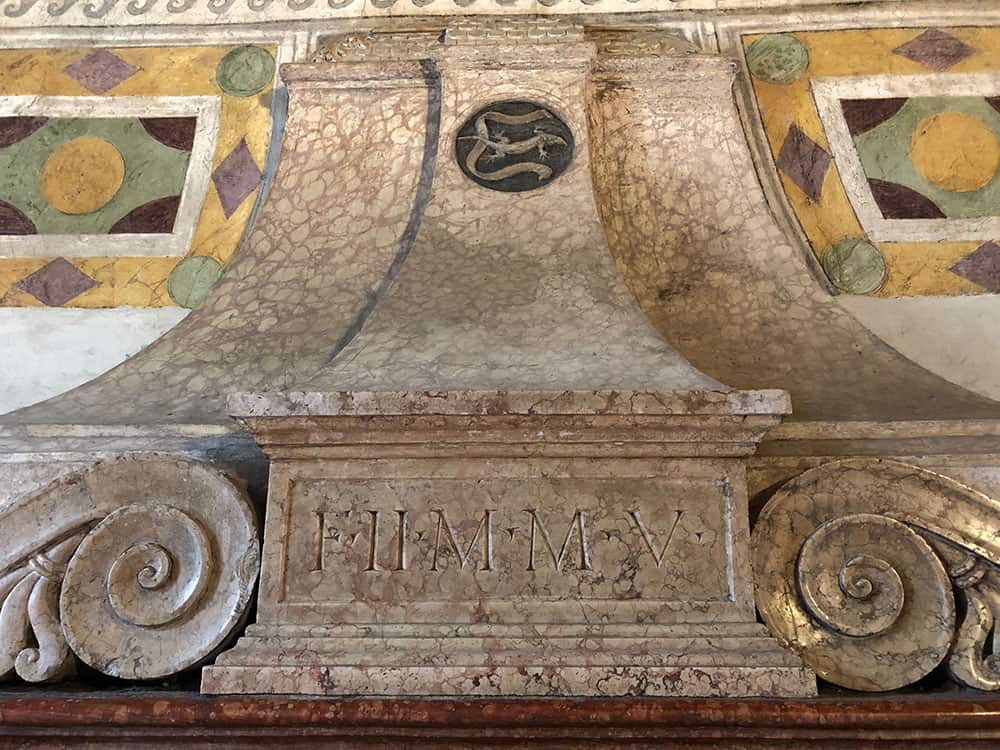As you know, between the first lockdown and the current one, last summer Casa Chiesi took advantage of the limited freedom granted to do something quite counter-trend: while everyone was running towards the coast, Nazim and I decided to visit some cities and villages that despite being close to Milan where we live, for one reason or another, we have always postponed visiting.
Cities of art, enchanting places and which both for the summer heat and for the holiday frenzy that had assailed all Italians, were practically deserted. A perfect situation for us since we always want to combine the pleasure of traveling with the goal of illustrating to our followers the beauties we encounter on our way.
One of the chosen cities was Mantua, of which we have already published a video.
As we said in the greetings of the mentioned video, there are so many things to see in Mantua that we have decided to prepare a separate article on Palazzo Te, one of the city’s highlights that requires at least three hours to be visited thoroughly.
Before telling you something about this palace created and designed for the duke’s rest and entertainment, let’s immediately dot the I’s and cross the t’s: the noun TE is a toponym, attested since the Middle Ages: Teieto or Te was a place of rustic dwellings located south of the city, not far from the fortified walls.
The palace in fact was formerly located on an island connected to the city of Mantua by a bridge. So it has nothing to do with the beverage!!!! (Nazim still calls it “Palazzo del Te”, which means “Tea Palace”….. as if Queen Elizabeth picked it to chat with her guests at 5:00 pm).
That said, Palazzo Te is one of the most extraordinary examples of a suburban Renaissance villa. Built and decorated between 1525 and 1535, it is considered the masterpiece of Giulio Romano (Rome 1499 – Mantua 1546), the architect of the court of the Gonzagas, lords of Mantua. Giulio Romano, as we have said, conceived it as a place destined for the idleness of the duke, Federico II Gonzaga, and for the lavish receptions of the most illustrious guests.
The ” idleness” though was meant in the Latin meaning of pleasant and refined activity, to be cultivated in those fundamental free moments, far from the serious occupations of the government.
One of the first rooms that welcome the visitor is the famous “Sala dei Cavalli” on whose walls are represented, in full life-size, the most beautiful specimens of the duke’s breeding. In fact, the palace incorporates the old Gonzagas’ suburban stables where Federico raised his beloved horses: it is quite impressive to see portraits not of famous ancestors but of imposing equines in such a sumptuous environment.
This first impact already tells us a lot about the function of this magnificent structure.
Federico was the son of Isabella d’Este, a very powerful woman who opposed her son’s intense bond with his lover Isabella Boschetti: the palace was also a gift for her, a private place where he could indulge in the pleasures of love, totally distinct from the family residence, Palazzo Ducale, placed in the city center.
The decorative elements of the building are the transposition of Federico II Gonzaga’s psyche, and perhaps there is no other place in which every tiny figurative element is an emanation of the desires and fears, of the displays of strength, of the political declarations of the client.
The extraordinary building, with its almost cartoonish hyper decorativeness conceived by Giulio Romano, Raphael’s main pupil, seems to have been designed precisely to illustrate the Mind of the Lord of Mantua. An apparatus of dreams, obsessions, and myths that assaults the visitor with its emotional and evocative load.
The love story between the Duke and his mistress Isabella Boschetti is therefore represented on the top of Olympus, the sacred mountain, in a grandiose movement of identification.
Federico shifts his life from the human level to the mythical higher one, so that even the private sphere of his love is exhibited through the intricate events of Cupid and Psyche tale.
In the room dedicated to the two characters of Greek mythology, which was the duke’s dining room, Giulio Romano creates with a cycle of frescoes the story of Cupid and Psyche according to the version told by Apuleius in the Metamorphoses. In fact, as Venus opposes their love, Isabella opposes by all means the relationship between her son and Isabella Boschetti.
Imagine nowadays…. if you dare to compare yourself to a God or Goddess you immediately risk a forced hospitalization!!! But those were the times when everything was possible, especially if you belonged to a powerful family like the Gonzaga.
The most amazing space in the palace though is the room of the Giants where is represented the mythological tale of the Titans: the enormous creatures are annihilated by an angry Zeus, painted on the vault with lightning in hand, insulted by their attempt to reach the summit of Mount Olympus.
The dynamism and expressive power of the huge and tumultuous images are combined with the bold pictorial conception that overcomes the architectural limits of the environment, in such a way that the painting does not seem to have spatial constraints. Giulio Romano smooths the corners between the walls, and the vault and creates a floor (now lost) consisting of a mosaic of river pebbles that continues, painted, at the base of the walls. With this astonishing unitary and illusionistic artifice, the viewer is catapulted into the heart of the scene as if he were in an augmented reality video.
As I said before, in my opinion, the effect is very impressive although a bit gross as if the desire to surprise had tempted him in the slippery realm of an exaggeration, bordering on a tacky side. But this is my personal opinion.
The Hall of the Sun and the Moon is also quite bizarre: at the top of the large vault, there is an “open” perspective that depicts the allegory of the chariot of the setting Sun and that of the rising Moon. The metaphor of the incessant passing of time we go to see the character who embodies the Sun from below with well-exposed buttocks and genitals.
All the rooms mentioned and many others overlook an initial square space called the Courtyard of Honor: the rest of the structure is formed by a second square connected to it.
The Palazzo opens onto a frescoed loggia with three architraved openings and a barrel vault which opens onto two fishponds.
Today this is the only water left to remind us of the fact that the villa was entirely surrounded by one of Mantua’s lakes and that the garden was enlivened by fountains and water features.
It’s often said that these pools were used as nurseries for the breeding of sturgeons that became a fashionable dish for Gonzaga banquets. In front of the loggia and the pools open a vast garden which ends with a spectacular exedra. In a secluded corner of this courtyard, placed on the left side looking at the exedra, we find the Apartment of the Secret Garden, also known as the Grotto, a private place for contemplation and rest, decorated with paintings and reliefs alluding to the culture and virtues of the classical world. The apartment, which develops around the close garden from which it takes its name, was considered by Federico II the most intimate and reserved place in the entire Palace.
A little curiosity about our duke: a symbol that often recurs in the decorations of the Palace is the Salamandra that Federico picked to represent himself, together with the frequently written motto: quod huic deest me torquet (what it lacks torments me); the green lizard was in fact considered the only animal insensitive to the stimuli of love and was used as a conceptual contrast to the duke and his sensual and gallant nature, which instead was tormented by the vices of love.
Strange choice for one to represent himself on the level of a god: these nobles will never cease to amaze us!
Betti
[socialWarfare]

